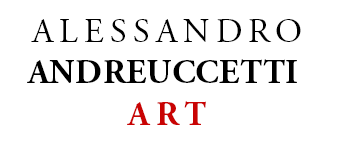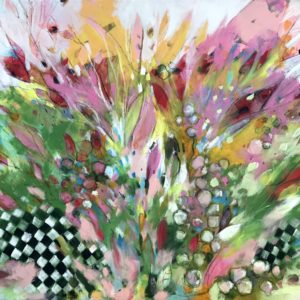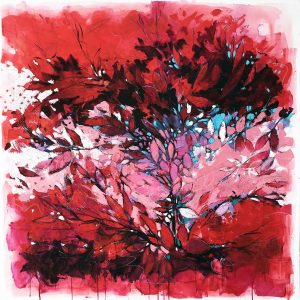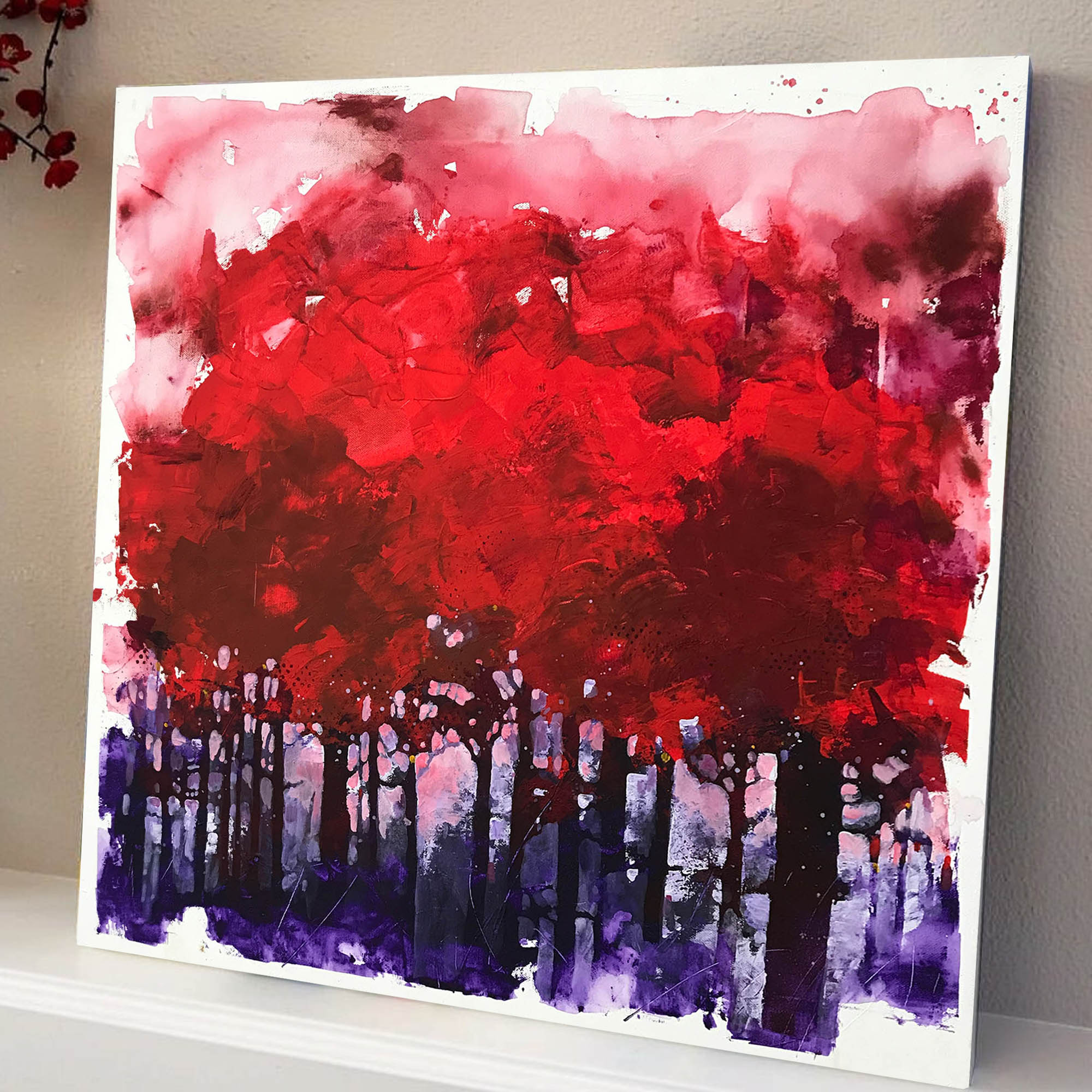Oniriche visioni (di Anna Benvenuti)
Oniriche, come un sogno marziano, le Torri di San Gimignano si materializzano un po’ alla volta nella nebbia ‘rubesta’ che le avvolge. Chissà cosa avrebbe pensato Dante davanti a questi colori: forse alla città di Dite, coi suoi mesti riverberi di fiamma, nel rosseggiare pagano del suo Inferno. Mi chiedo sempre ‘chissà cosa avrebbe pensato’ o detto qualcuno dei personaggi storici che bazzico, guardando quello che sto guardando io: le cose che sopravvivono, che furono ‘loro’ ed ora sono nostre, consumate, rielaborate, metabolizzate, modellate dal continuo fluire di un tempo/marea che avanza e rientra, sminuzzando scogli, levigando promontori, riducendo a sabbia minuta uomini e cose…Me lo chiedo, e poi non so rispondere. Queste strade, questi scorci, queste foreste incantate di riverberi purpurei e violetti, di acide verdosità, questi campi combusti dall’incendio di infiniti tramonti, queste caligini estive in cui si perdono i contorni, tremuli nell’ondeggiare lieve dell’afa…Queste stesse sensazioni cromatiche altri prima di noi le hanno percepite, prima che Alessandro Andreuccetti le immobilizzasse in palpiti intensi e personalissimi e ce le testimoniasse su carte spesse, intrise d’acque colorate e dense di emozioni. Come le avranno viste ‘loro’, il nostro ‘prima’ – e poi come le potranno vedere altri ‘loro’, il nostro ‘dopo’- le fiabesche stradine alla fine delle quali, lontano lontano, c’è sicuramente la casa di una vecchia fata in attesa di bambini da iniziare, o le foreste dove volteggiano nel vento elfi marittimi, salmastri, silenziosi, dimenticati…
Ci muoviamo su sfondi che altri hanno pensato, costruito, narrato, dipinto, scolpito, progettato, demolito, rifondato, nel mutare continuo di scena nella lanterna magica di vite vissute e dimenticate; Giotto, o Lorenzetti, o l’Angelico, hanno percorso questi stessi nostri sfondi, gli stessi colori che Andreuccetti imprigiona nella sua rete acquosa, osservando la tormentosa sopravvivenza degli ulivi, l’inquieto aggrovigliarsi del bosco col cespuglioso profilo della macchia, il morbido, femmineo dispiegarsi collinare delle groppe d’erba e d’argilla; il mutevole divenire della luce nell’ordine del giorno, dalle inconsistenze perlacee dell’alba all’indaco screziato di lapislazzuli che precede la notte, o in quello delle stagioni, ora verdi scintillanti di primavera, ora torpide d’ori estivi già venati d’autunno, ora legnose, algide di nudità invernali.
Anche Andreuccetti, come già gli innamorati del ‘paese dove fioriscono gli aranci’, gli insancabili acquerellisti del Gran Tour, o i paesaggisti inglesi persi nelle campagne romane tra pecore e rovine, ci guida in un viaggio tra i colori del tempo nella straordinaria varietà di uno spazio collinare dove il profilo giuridico dei confini si definisce con l’artificio grafico dei cipressi, dove l’avidità del possesso si stempera nell’armonia della forma, dove le ‘case da signore’ sono quasi meno belle di quelle ‘da lavoratore’. Così il suo pennello ci conduce, curioso, tra le calde vie di San Gimignano, rosse di storia o notturne di china, a ridosso di boschi a foglie di farfalla, nelle bluaggini temporalesche o nell’infinito verde dei campi giovani di grano. Con i suoi cromatismi egli riesce, assai meglio di quanto non sia possibile allo storico, ad evocare lo spessore del tempo insito nelle cose, il loro ucronico significato di compendio. Così grazie alla luce, prima tra le ‘opere’ della creazione – anche di quella artistica – egli esprime la sostanza immateriale della durata, la patina del divenire, l’essenza delle generazioni che quel tempo hanno attraversato e vissuto percorrendo gli stessi luoghi e guardando gli stessi colori.
Anna Benvenuti



 Nature abstract, table top
Nature abstract, table top
 Un labirinto porpora
Un labirinto porpora
 Alberi magici
Alberi magici
 Violet - La luce tra le foglie
Violet - La luce tra le foglie
